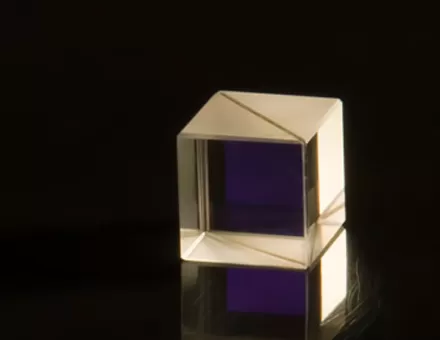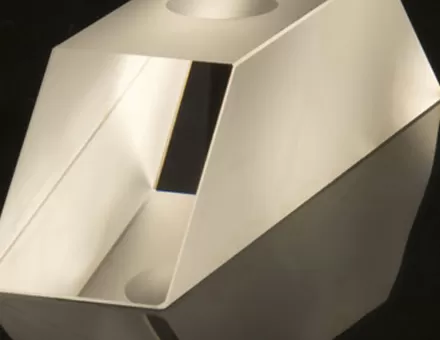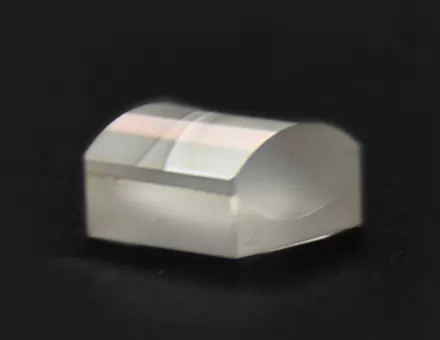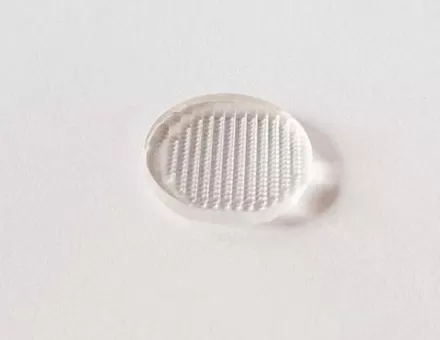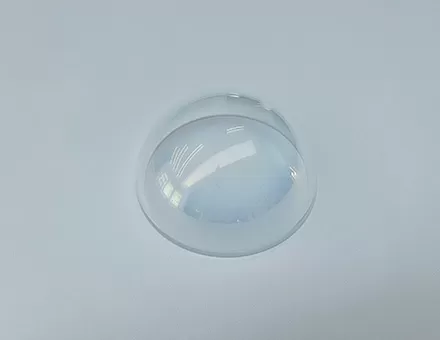Underwater ROVs (Remotely Operated Vehicles) are submersible, robotic systems, used to observe the depths of large bodies of water by operators from shore, or by divers in the water.
WHAT IS AN UNDERWATER ROV?
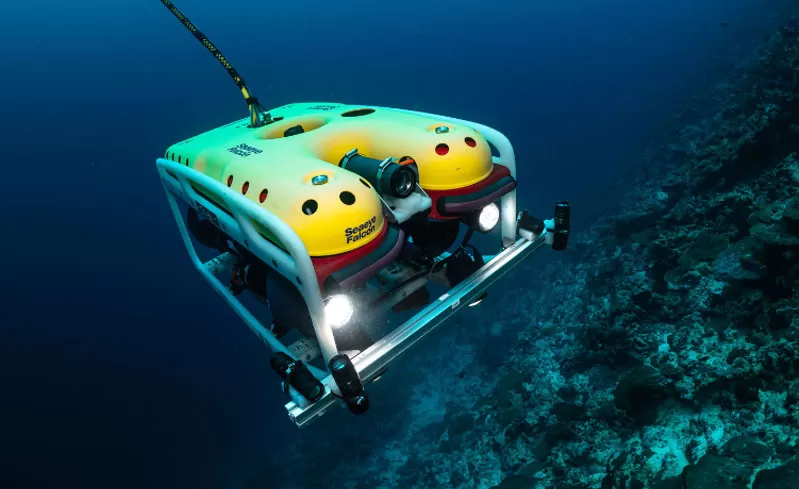
ROVs range in size; they can be as small as a basketball to as big as a large SUV. The prices also vary greatly. They start at a few thousand dollars and can go up to millions of dollars. Underwater ROVs are used in a variety of industries: Search and Rescue, Military, Recreation and Discovery, Aquaculture, Marine Biology, Oil, Gas, Offshore Energy, Shipping, Submerged Infrastructure, and more. They allow operators to capture photo and video footage to inspect and monitor ports, harbours and vessels, bring innovation to pipe inspections, locate underwater targets and explore the depths of our oceans, lakes and rivers.
Four Classes of ROVs
1. Work Class ROV
A work class ROV is used for ocean floor exploration and inspections at depths that divers are often unable to reach. They act as a safe alternative to divers and are often used in offshore energy projects and deep archaeological investigations. The typical depth rating for a Work Class ROV ranges from 3,000 meters (9,800 feet) to 6,000 meters (19,700 feet).
2. Light Work Class ROV
A light work class ROV is ideal for moderate to deep depths; the ROV is deployed from ships in lieu of divers to explore. It can be used during inspections to make repairs. Large extensions, such as laser scanners or specialized inspection devices and sensors, can be added on. The depth rating for Light Work Class ROVs falls within the range of 1,000 meters (3,280 feet) to 3,000 meters (9,800 feet).
3. Observation Class ROV
An Observation Class ROV is small in size, used to explore lakes, rivers and coastal waters. They are often used to test water safety prior to a diver entering the water during missions and conducting inspections. Able to be equipped with sonar and custom sensors, they are versatile vehicles. The depth rating for Observation Class ROVs depending on the model, typically ranges from 300 meters (984 feet) to 1,000 meters (3,280 feet).
4. Micro or Mini ROV
The mini or micro ROV is the smallest class, often used to inspect hard to reach areas at shallow depths, such as pipe systems and submerged infrastructure. The depth rating for Micro and Mini class ROVs generally ranges from 100 meters (328 feet) to 300 meters (984 feet).
Remotely operated vehicles were first tested in the 1960's by the U.S. Navy to retrieve sunken data. In 1966, the Navy's Cable-controlled Underwater Recovery Vehicle (CURV) successfully recovered an atomic bomb that went missing off the coast of Spain.
In 1973, the crew from Pisces – a notable deep-sea submarine that sunk off the coast of Ireland - was saved by a remotely operated vehicle. Over the course of the following decade, underwater ROVs became a crucial system used in various industries.
Work class ROVs were the pioneers and are still being widely used today. Observation ROVs are the newest to the market; however, they have filled the gap, specializing in shallow water observation and inspections.
Ecoptik offers quality precision optical products, including pherical mirrors, aspheric mirrors, prisms, mirrors, filters, coating service and so on, widely used in ROVs. Just be free to contact us.

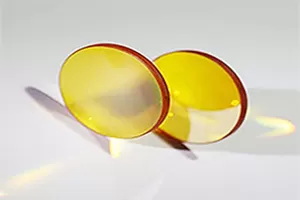
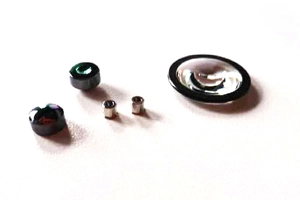



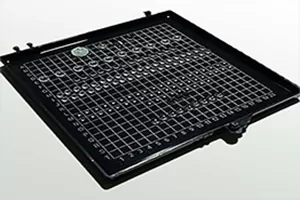

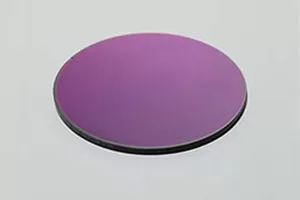

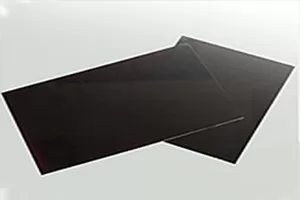
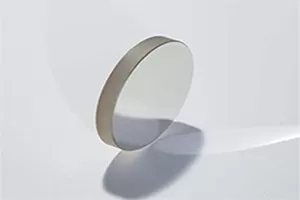


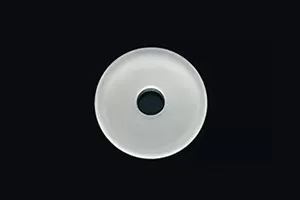
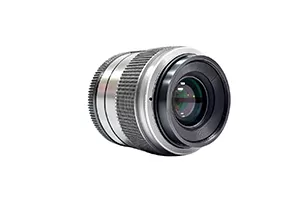
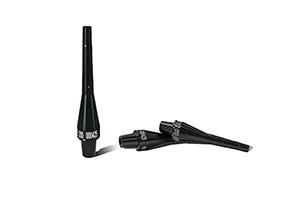
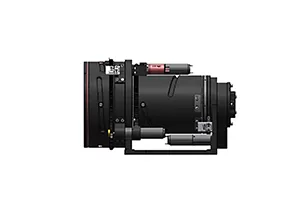
 EN
EN

